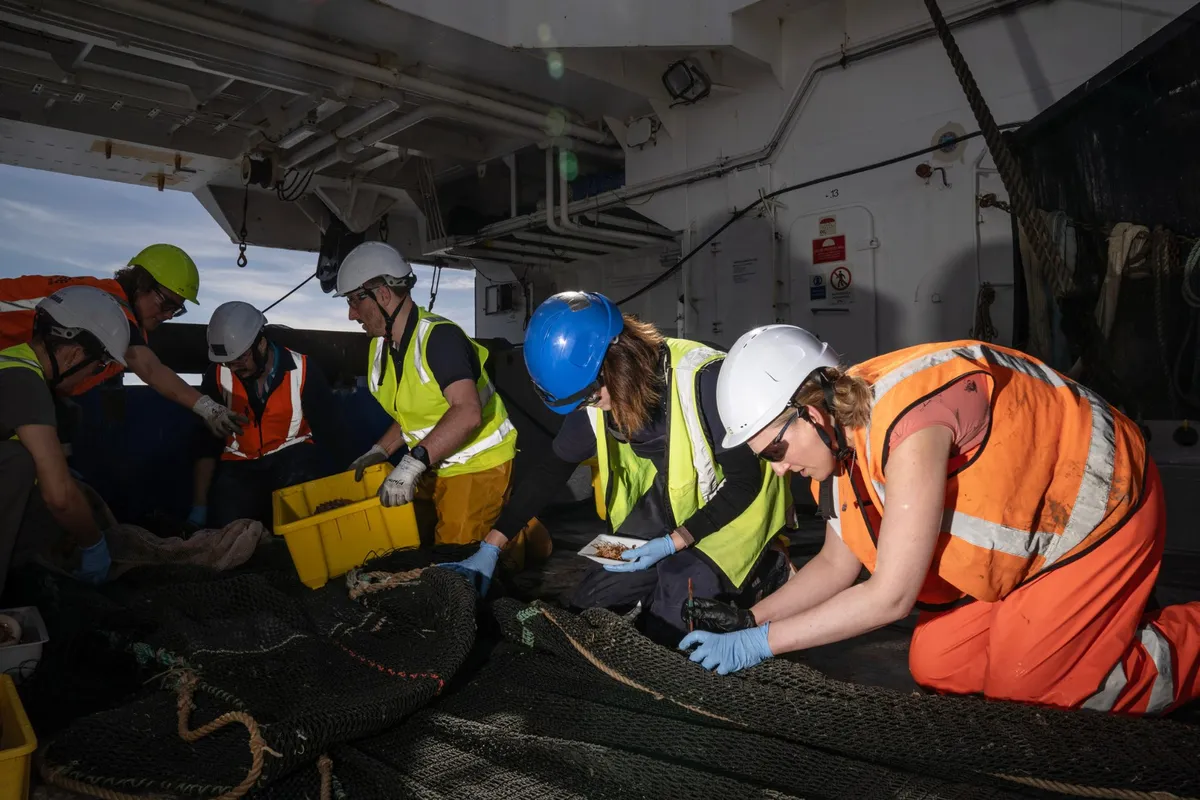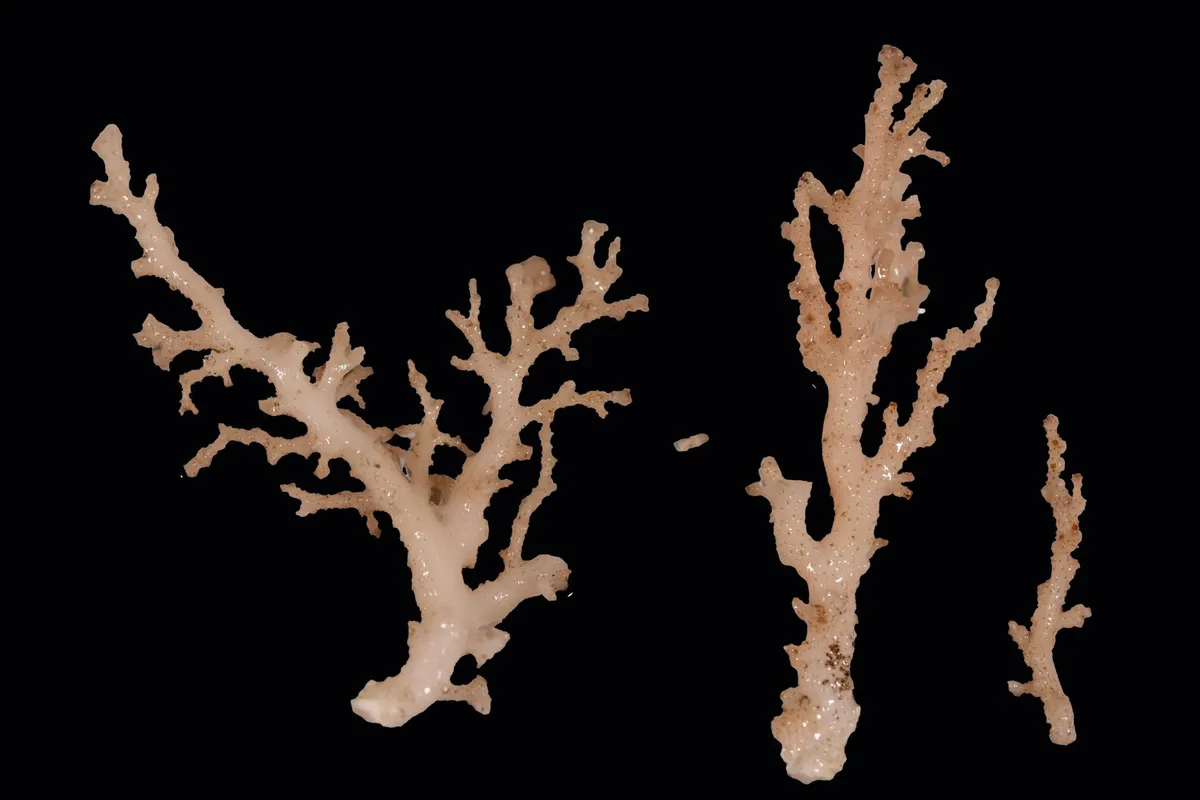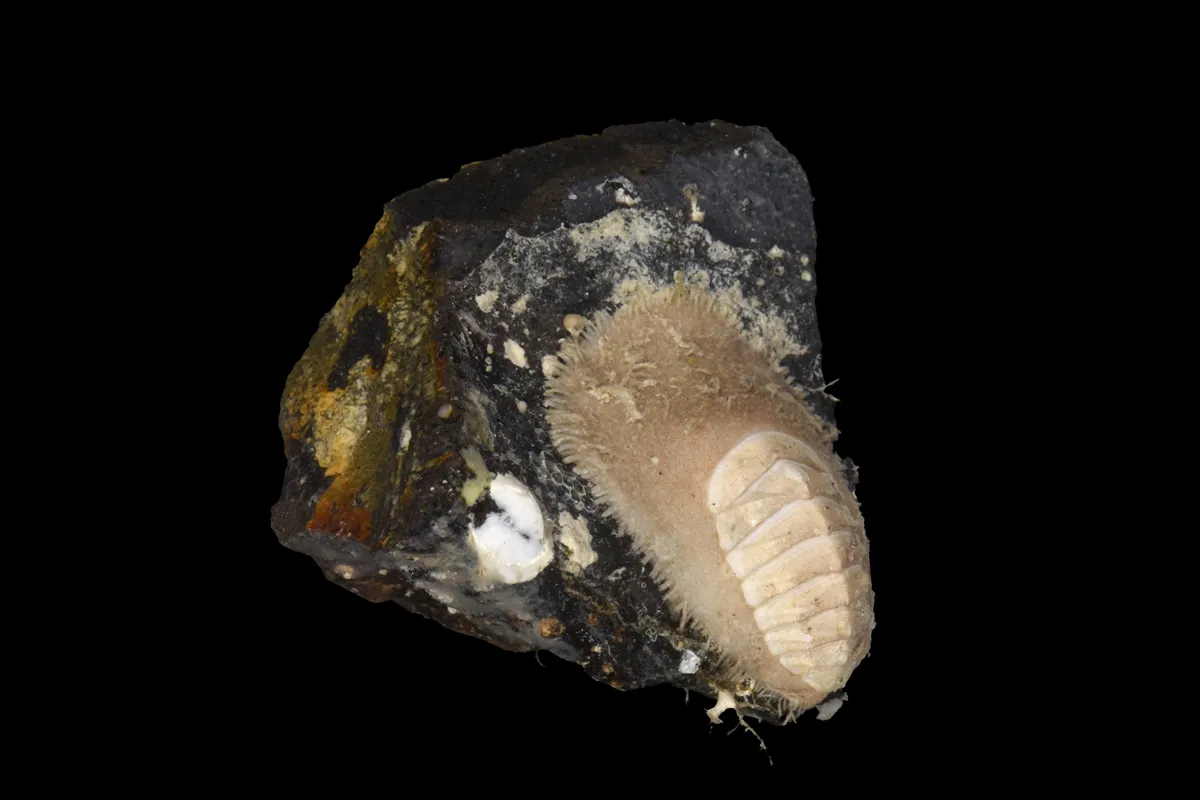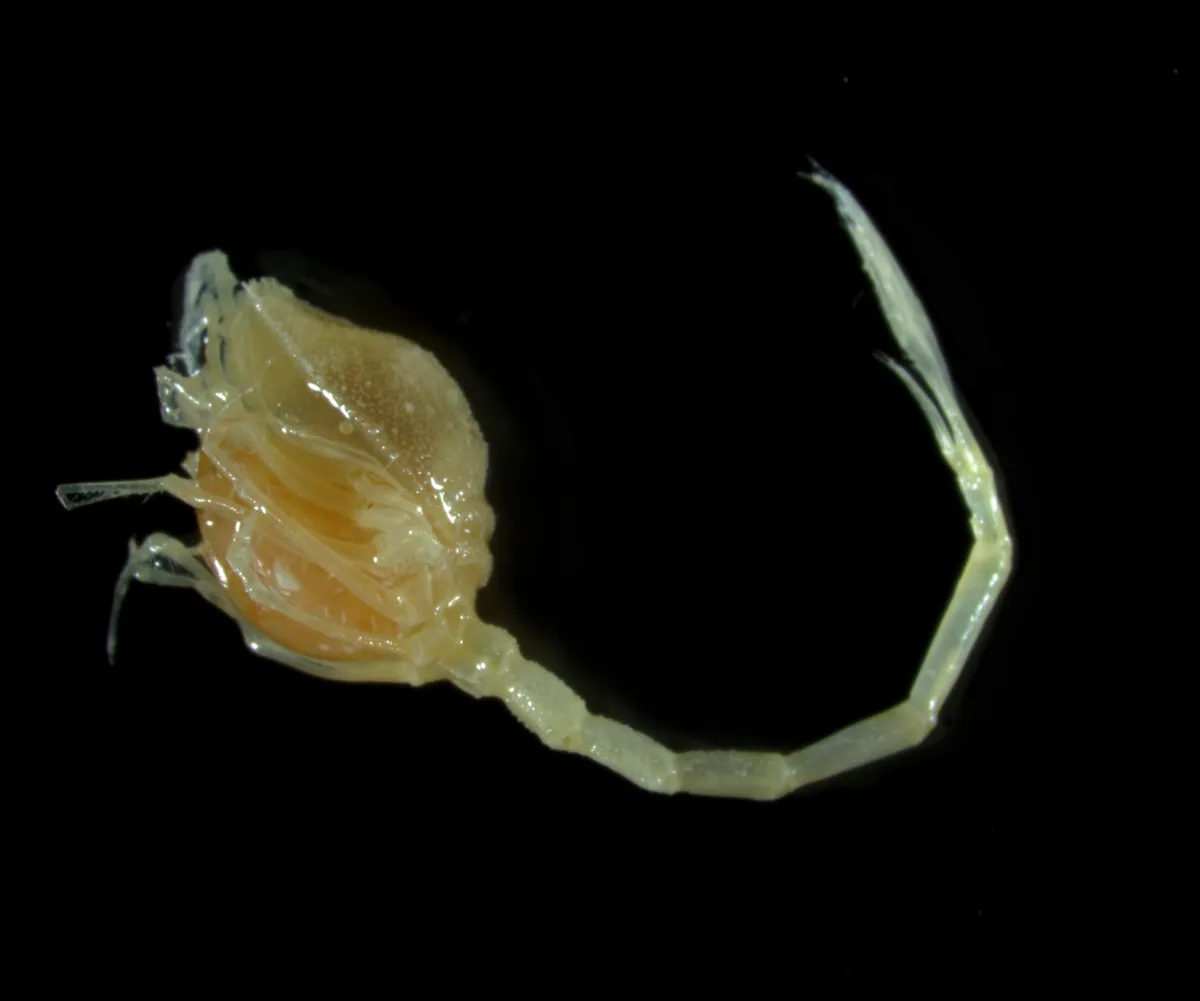A three-week exploration of an enormous underwater depression 500 miles long and 4,800 metres deep has led to the discovery of more than 100 new ocean species, according to scientists.
Researchers collected almost 1,800 samples during their study of New Zealand's Bounty Trough, identifying an incredible array of new species including fish, snails, corals and sea cucumbers.
Prior to the expedition, little was known about the animals that lived on this deep seafloor habitat off New Zealand's south-east coast.
The three-week voyage on board the National Institute of Water and Atmospheric's (NIWA) research vessel Tangaroa comprised a team of scientists from NIWA and Te Papa in New Zealand, along with experts from the UK and Australia.
The trip was the first flagship Southern Hemisphere expedition for Ocean Census, a global alliance to accelerate the discovery and protection of life in the ocean, founded by The Nippon Foundation and Nekton.
- Scientists have developed an amazing new technique to restore coral reefs
- Giant prehistoric sea lizard with dagger-like teeth discovered in Morocco
- Incredibly rare giant turtle with a face like a frog found in India's tropics
"It looks like we have a great haul of new, undiscovered species," says Ocean Census science director Professor Alex Rogers.
"By the time all our specimens are examined, we will be north of 100 new species. But what’s really surprised me here is the fact this extends to animals like fish – we think we’ve got three new species of fish.”

The abundance of life in New Zealand's Bounty Trough is a welcome surprise to scientists involved in the study.
"We’ve gone to lots of different habitats and discovered a whole range of new species, from fish to snails, to corals and sea cucumbers – really interesting species that are going to be new to science," says voyage co-leader NIWA marine biologist Sadie Mills.
“Ocean Census has enabled us to explore an area of Aotearoa’s deep seafloor that we previously knew little about in terms of the animals that live there.
“This partnership will not only add new species to our recently published New Zealand marine biodiversity inventory, but will improve our understanding of the seafloor habitats and living geographic and depth ranges of rare species.”

Now that the specimens have been collected, a team of scientists from around the world is working to confirm the finds. Using workshops at NIWA and Museum of New Zealand Te Papa Tongarewa, they will sort and describe the finds.

The team has already identified a number of new species, including dozens of molluscs, three fish, a cephalopod, a shrimp and a new genera of coral.
Among the finds is one specimen that has experts stumped. Initially, researchers thought it could be a seastar or a sea anemone, but after examining the specimen this doesn't seem to be the case.
“We’ve got a lot of experts here having a look who are very excited," says Queensland Museum network taxonomist Dr Michela Mitchell.
“We now think it could be a new species of octocoral, but also a new genus (wider grouping of species). Even more excitingly, it could be a whole new group outside of the octocoral. If it is, that is a significant find for the deep sea and gives us a much clearer picture of the planet’s unique biodiversity.”

The Ocean Census NIWA Bounty Trough Expedition has been a great success, believes Professor Alex Rogers: “The partnership with professional scientists from NIWA and Te Papa and the ship’s crew from the RV Tangaroa has led to a transformative change in our understanding of this remote part of the ocean and the species that live within it, leaving a fantastic legacy for the people of New Zealand.”
Andrew Stewart, curator fishes at Te Papa adds: “It was a privilege to collaborate with NIWA and Ocean Census. While our findings are significant, we know that we’ve barely scratched the surface of the Bounty Trough – there’s a whole other world of fauna still waiting to be discovered.”
The specimens collected will be housed in the NIWA Invertebrate Collection (NIC) and National Museum of New Zealand Te Papa Tongarewa in their Mollusca and Fish Collections.
